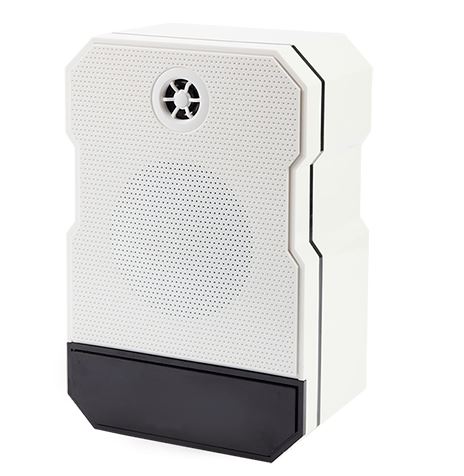A public address system is a system used to play audio messages in public areas. This type of system usually consists of a central controller and multiple speakers, which can transmit sound to one or more zones or rooms. Public address systems are commonly used in commercial and government settings, such as shopping centers, schools, hospitals, hotels, airports, train stations, government offices, and so on. They can be used to play different types of messages, such as announcements, music, advertisements, safety warnings, and so on. Additionally, public address systems can be integrated with other devices, such as telephone systems, fire alarm systems, security monitoring systems, and so on.

The main components of a public address system usually include the following:
1.Central controller: Controls the entire system, responsible for managing audio input, processing, mixing, and distribution. It is usually a computer or controller that can receive signals from various audio sources and convert them into digital signals for processing.
2.Audio sources: Including microphones, CD players, MP3 players, radio receivers, etc., used to provide audio signals. These signals can be processed and mixed before being sent to speakers.
3.Speakers: Responsible for converting audio signals into sound and spreading them to specific areas or rooms. They are usually installed on ceilings, walls, or floors.
4.Amplifiers: Used to amplify audio signals to a level sufficient to drive speakers.
5.Signal transmission lines: Used to transmit audio signals from the central controller to speakers. These lines can be wired or wireless and include cables, fiber optics, radio waves, etc.
6.Control terminals: Used to control the system, such as adjusting the volume, selecting audio sources, controlling audio distribution, etc. These terminals can be hardware devices, software programs, or mobile applications.
In summary, the main components of a public address system include a central controller, audio sources, speakers, amplifiers, signal transmission lines, and control terminals. These parts together make up a complete system that can play audio messages in public areas.


